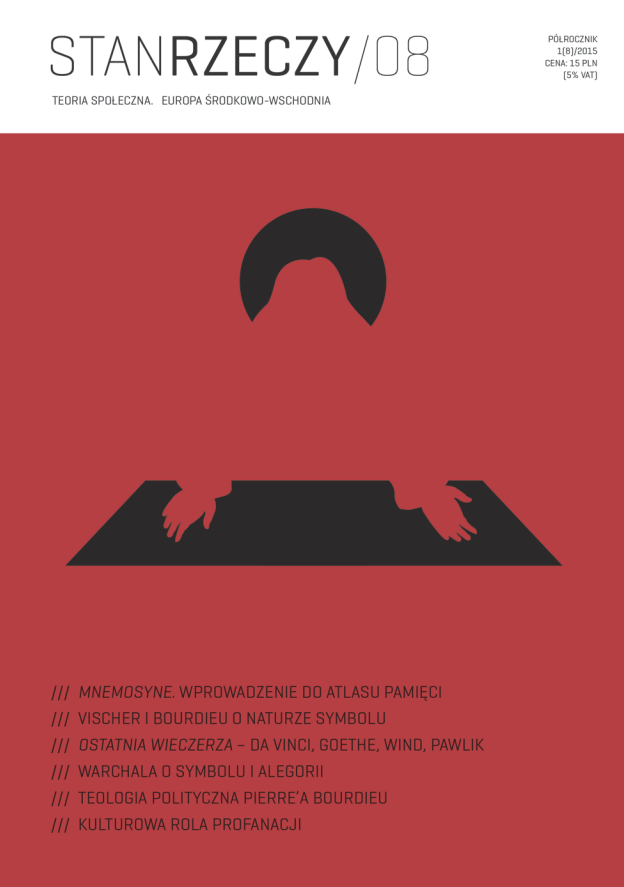Symbol i signum. Przyczynek do krytyki teorii symbolu religijnego
Symbol and Signum. A Contribution to the Critique of the Theory of Religious Symbol
Author(s): Paweł GradSubject(s): Christian Theology and Religion, Philosophy, Semiology, Theology and Religion
Published by: Wydział Socjologii Uniwersytetu Warszawskiego
Keywords: symbol theory;secularization;hermeneutics;St. Augustine
Summary/Abstract: Tekst zawiera krytykę postromantycznej teorii symbolu religijnego. Jego główna teza głosi, że pojęcie „symbolu religijnego” jest pojęciem kompensacyjnym, które pozwala zaabsorbować koszty procesu sekularyzacji. Teza ta uzasadniona zostaje przez podanie szkicu oryginalnej semiotyki języka religijnego na podstawie pism św. Augustyna, zgodnie z którą język religijny charakteryzuje się (1) semantycznym zdefiniowaniem, (2) syntaktyczną koherencją i (3) pragmatycznym sprzężeniem z dyscypliną. Cechy te odróżniają go od systemu romantycznych symboli charakteryzujących się niedodefiniowanym znaczeniem oraz luźnymi związkami z innymi symbolami i obliczonych na wolne od przymusu przyswojenie. Postromantyczny „symbol” jest więc nośnym pojęciem nowoczesnego dyskursu religijnego dokładnie z tego samego powodu, z którego nie przystaje on do oryginalnego doświadczenia religijnego: zakłada on redefinicję konstytutywnych cech oryginalnej struktury języka religii. The paper contains a critique of the postromantic theory of religioussymbol. A main claim of the paper is that the notion of „religious symbol”is a compensatory nation, which serves to absorb the costs of the secularizationprocess. This claim is supported by an outline of the originalsemiotics of religious language from works of St. Augustine. In accordancewith this semiotics the religious language is (1) semantically defined, (2)syntactically coherent and (3) used in the pragmatic context of religiousdiscipline. This features distinguish the religious language from the systemof romantic symbols, which have the undefined meaning, constitute theloose structure and are used in the coercion-free pragmatic context. Thereis one reason both for the fact that postromantic „symbol” is an importantnotion of the modern religious discourse and the fact that „symbol” unfitsto describe the original religious experience: „symbol” bases on the redefinitionof original structure of religious language.
Journal: Stan Rzeczy
- Issue Year: 2015
- Issue No: 8
- Page Range: 267-287
- Page Count: 21
- Language: Polish

